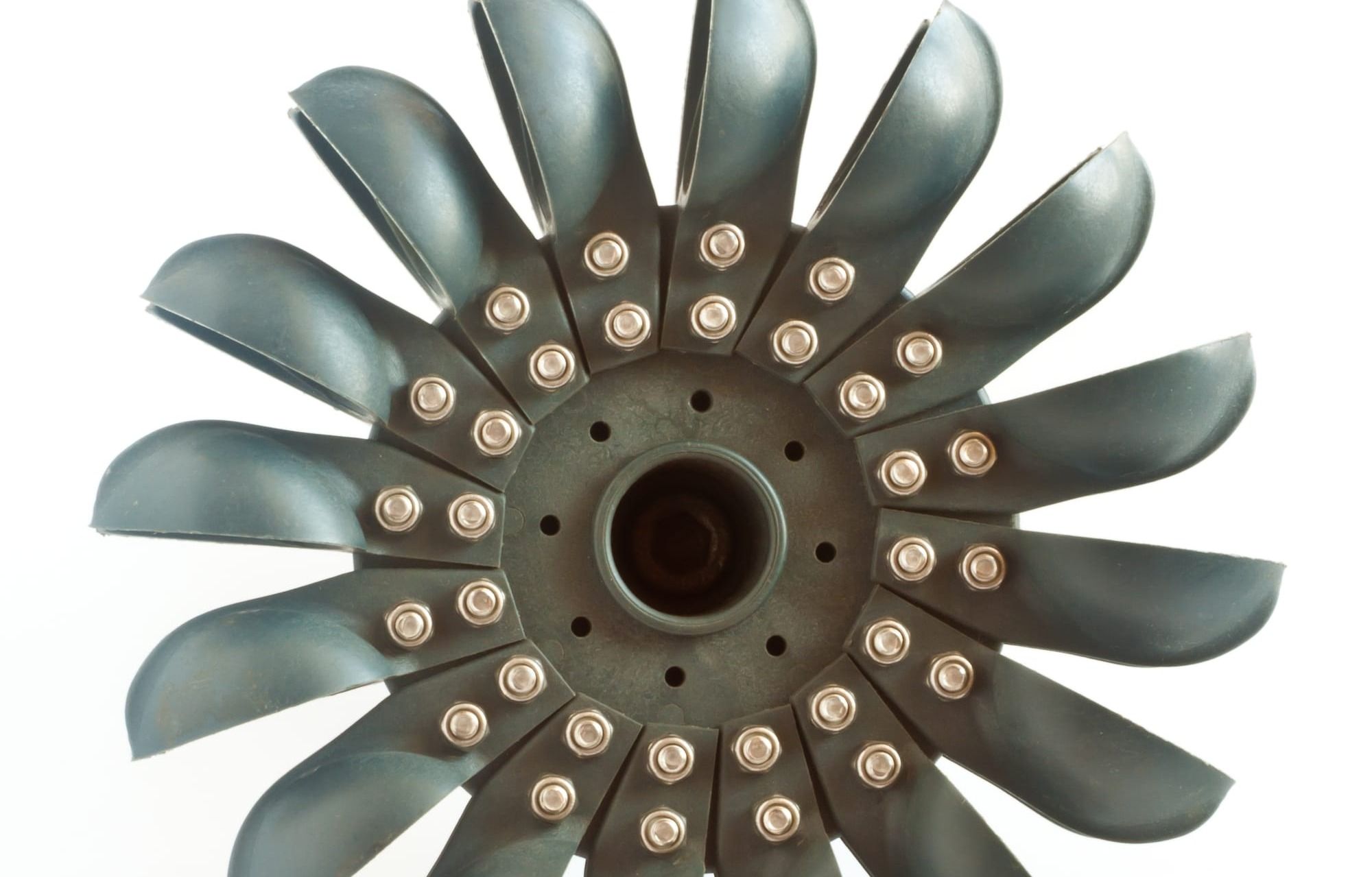HYDRO ELECTRIC

- Vertical Shaft Hydro (Turbine-Based):
A compact turbine (Pelton, Francis, or Kaplan) with a vertical shaft, installed in a stream or river. Water is directed through a penstock to strike blades or vanes, spinning the shaft connected to a generator. Domestic units produce 500 W to 20 kW, depending on flow and head. Efficiencies reach 50–70%, but setup requires steady water supply and civil works like intakes and housing. - Inline Submerged Hydro (In-Pipe / Stream Turbine):
A cylindrical turbine placed directly inside a water pipe, canal, or stream. Extracts energy without dams or major construction. Household-scale devices generate 100 W to 5 kW depending on water speed and pipe size. Efficiency is 30–50%. Best for homes with irrigation systems or steady canal flow. Simple to install but limited in power output. - Undershot Water Wheel:
Uses the kinetic energy of water passing beneath the wheel, pushing paddles to turn it. Works with very low head but requires high flow. Power output is 100 W to 5 kW. Efficiency is modest (20–30%), but the design is simple, rugged, and long-lasting. Good for shallow, fast-flowing rivers with consistent flow. - Overshot Water Wheel:
Water is fed over the top of the wheel, filling buckets that rotate it by both weight and flow. More efficient than undershot, achieving 50–65%. Domestic systems produce 500 W to 10 kW, depending on wheel size (2–6 m) and head height. Best in hilly terrain or where a small drop can be engineered. Durable and low-maintenance, though large and visually intrusive. - Dammed Hydro (Micro-Dam):
Involves building a small dam or weir to create a reservoir and a controlled drop (head). Water is released through a penstock to a turbine or wheel, generating steady electricity. Domestic-scale micro-dams typically produce 1–50 kW, depending on head (2–20 m) and flow rate. Efficiency can reach 60–80%. Provides reliable year-round power if water storage is sufficient, but requires significant construction, permits, and has higher environmental impact than run-of-river systems.
✅ Comparison Table for Domestic Hydro Power
| Type | Typical Power Range | Efficiency | Best Suited For | Pros | Cons |
|---|---|---|---|---|---|
| Vertical Shaft Hydro | 0.5 – 20 kW | 50–70% | Homes near rivers/streams with moderate flow & head | High efficiency, proven tech, scalable | Requires civil works, higher cost |
| Inline Submerged Hydro | 0.1 – 5 kW | 30–50% | Existing pipes, canals, irrigation channels | Easy installation, low impact | Lower power, depends on flow velocity |
| Undershot Water Wheel | 0.1 – 5 kW | 20–30% | Flat rivers/streams with strong flow | Simple, durable, low head required | Low efficiency, bulky |
| Overshot Water Wheel | 0.5 – 10 kW | 50–65% | Streams with good head (2–6 m drop) | High efficiency, long-lasting, low maintenance | Large, requires height/drop, visually intrusive |
| Dammed Hydro (Micro-Dam) | 1 – 50 kW | 60–80% | Sites with reliable water flow and storage potential | Reliable year-round power, high efficiency | High cost, permits needed, environmental impact |